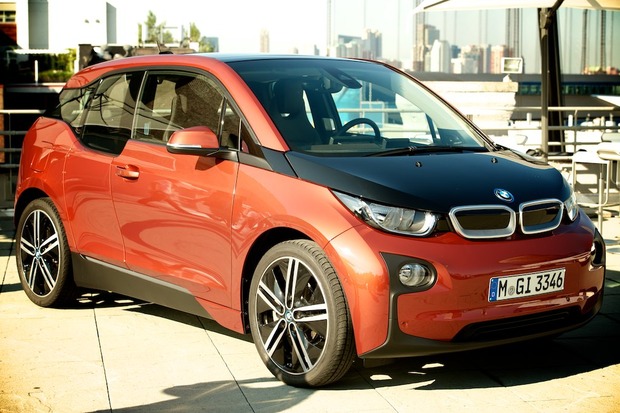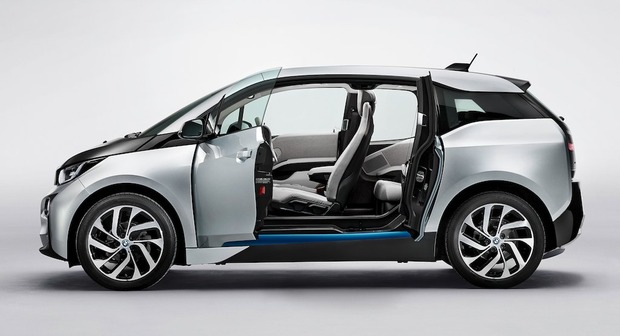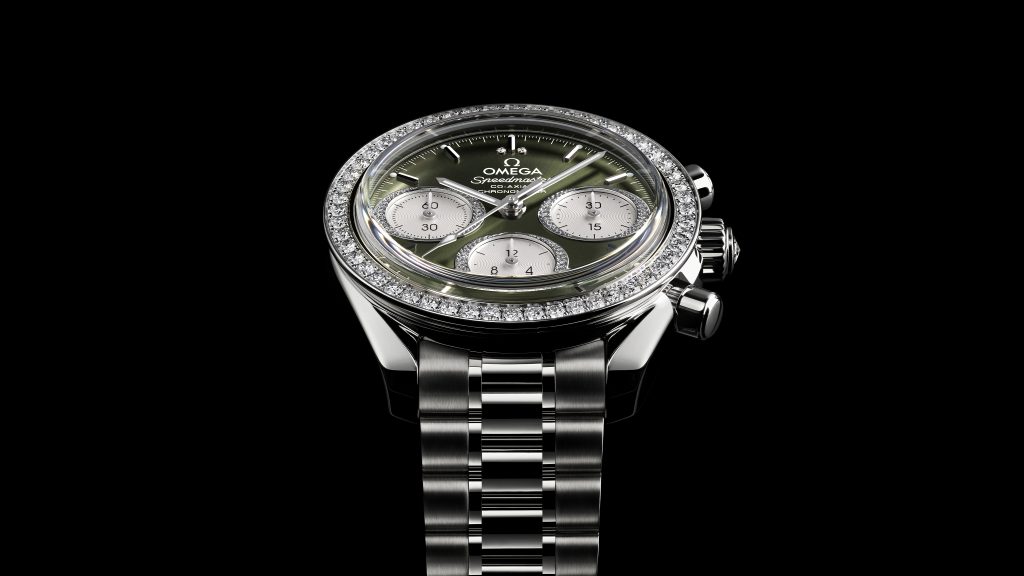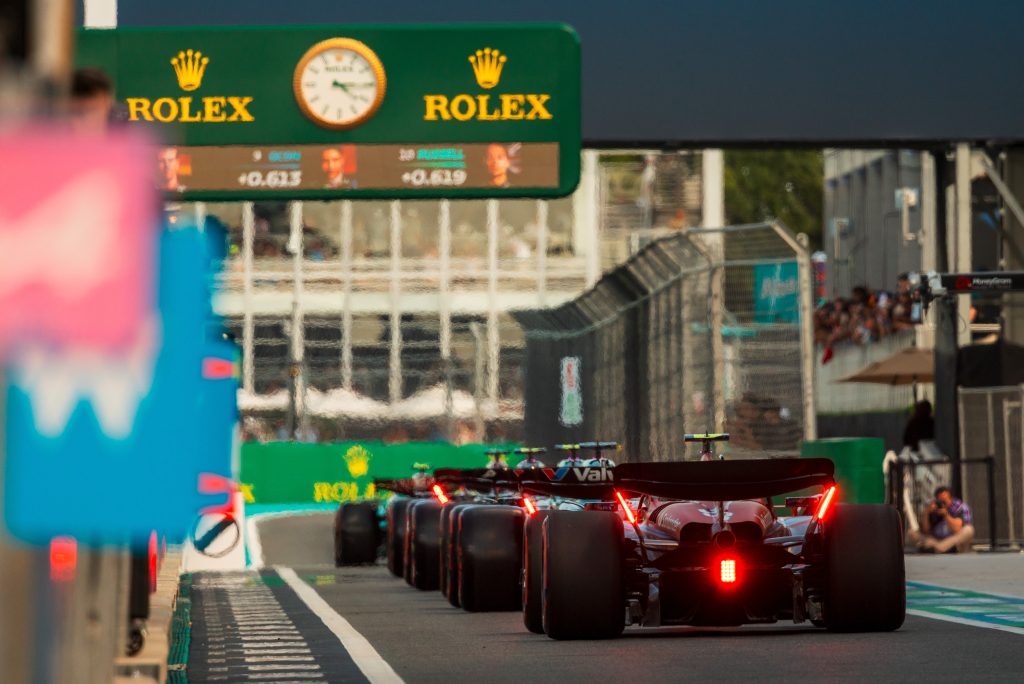BMW i3
At the world debut, we dig into the design of the new all-electric car


Today was the international debut of the all-new BMW i3 electric car. We attended the event in NYC and spoke with the BMW Group‘s lead designer, Adrian van Hooydonk. The release and production of this new model opens an entirely new chapter of innovative design for BMW—and for urban electric vehicles across the board. Its striking appearance might be new to the BMW i sub-brand, but its silhouette remains unmistakably BMW. According to van Hooydonk, the new model is reinventing the rules for what a luxury car can be and how it should look. In designing the i3, van Hooydonk explains, “We push the restart button, take out what we can take out and start over.”

“The design or the shape of the thing becomes the most important means of explaining what it is or what it can do,” van Hooydonk says and, in this case, it’s all about urban mobility. In contrast to other electric cars that retain the sports car shape—which is meant for a combustion engine—the BMW i3’s shape matches its function: “It’s authentic.” Regarding how the look of the vehicle should project the feel, van Hooydonk says, “The i3 is not about how fast; it’s about how good, how efficient.”

With urban mobility in mind, the BMW i3 will have an 80 to 100 mile real-world EV range and an ultra-tight turning radius ideal for city driving. No transmission tunnel paired with a low center console creates the Slide-Through Experience, which allows for the ability to exit from the passenger side when necessary. Its small size allows for easy maneuvering on city streets without compromising the feel of BMWs. Emission-free driving in the city benefits both the driver and the city itself, and the navigation will select the most energy efficient route plus tell you—based on your driving style—if you will or won’t have enough energy to make it to your destination.

“Right now, people talk about sustainability and premium as two separate things, but we want to bring these together because we believe we have to,” van Hooydonk explains. “We are projecting a luxury image without using the luxury connotations that you know.” Instead of focusing on the classic interior textures like chrome, leather and wood, the i3 has a dashboard made of dried grass (reminiscent of classic Eames fiber molds) and makes the most of carbon fiber and the aesthetic it offers. And van Hooydonk hopes that materials like these—though not overtly sustainable—will become something that people understand as eco-friendly, without coming at the expense of style and beauty.

The BMW i3 will be available in the States in Spring 2014 and starts at $41,350. The Range Extender model is available for $45,200. And, for longer road-trips, trade in your i3 for another BMW for the weekend to get where you need to go. For more specs, check out today’s release.
Outdoor images by Josh Rubin, studio images courtesy of BMW












